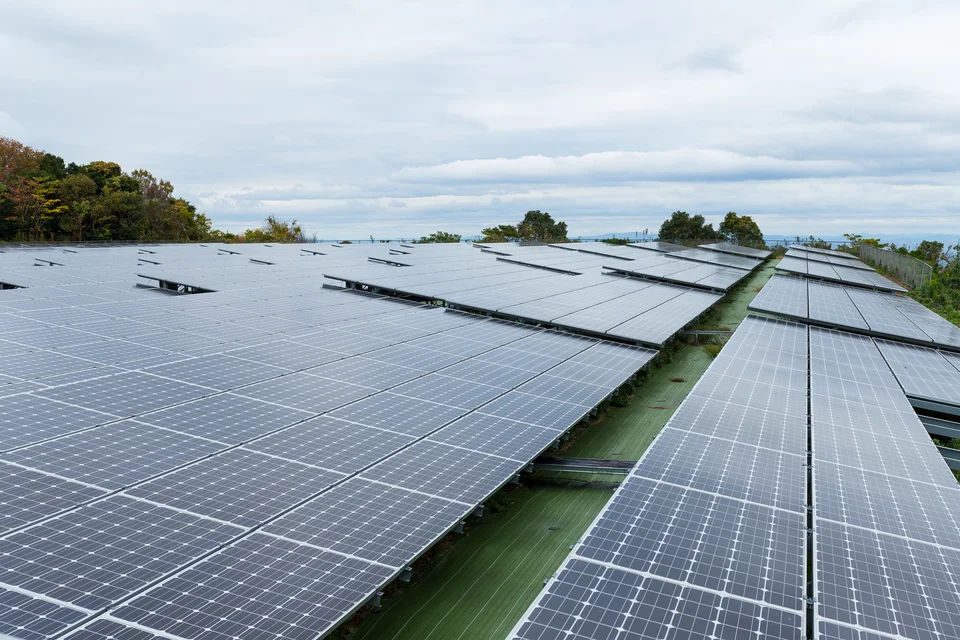“Solar is green and is a clean source of electricity”, they say, but this might not be complete truth.
Since it requires no fossil fuel to operate, solar is a green source of electricity for homes and businesses. Although this is true to a large extent, solar is not perfect.
There is more to know about the impacts of solar PVs on the environment. While solar has various positive impacts on the environment, it also has its setbacks on the environment, which are not well talked about.
For example, one common argument about solar PVs is that they require more fuel burning to produce. Plus, the production process involves using harmful chemicals that harm the environment.
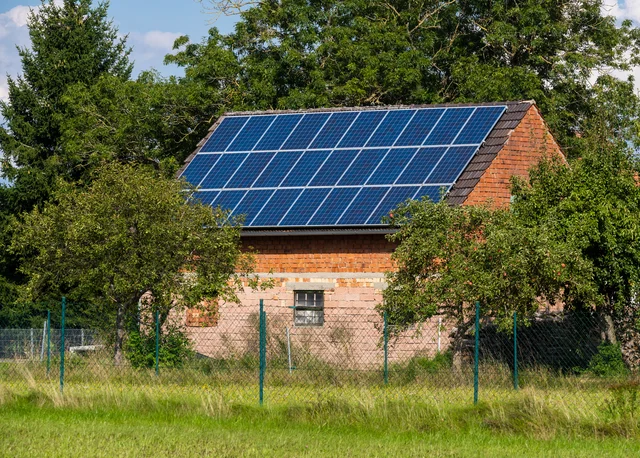
This piece discusses the positive and negative environmental impacts of solar PVs:
What Is Solar PV? How Does It Work?
PV stands for Photovoltaic, which is the method of generating electricity from light. This is different from Solar Thermal, which generates electricity by heating water.
Solar PVs generate DC (Direct Current) from the sun’s energy, which is later converted to AC (Alternating Current) through an inverter.
A solar PV system consists of cells that receive sunlight and convert it to electricity. Solar PV cells are made up of different materials depending on the type, with silicon being the leading material.
Sunlight falling on the cells results in an electric field that causes electric flow through the layers of cells. The more sunlight the cells receive, the more electricity that is produced.
PV cells are rated according to the amount of electricity they generate with full sunlight. This means a PV cell with a higher kilowatt peak (kWp) generates more electricity than a PV cell with a lower kilowatt peak.
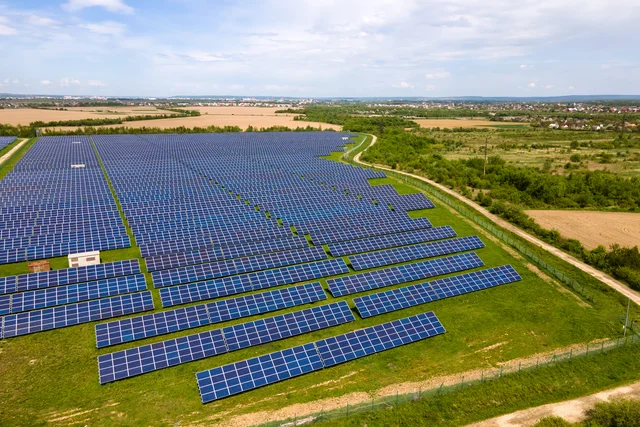
Positive Environmental Impacts of Solar PVs
Besides the independence of generating electricity on your own, another reason you want to invest in solar PVs is to contribute your quota to reducing climate warming.
Yes, there are a few ways solar contribute to reducing climate change, which make solar an excellent investment if you want to contribute to saving the green planet.
Here are major ways solar PVs positively impact the environment:
Reduced Carbon Emissions
One way solar PVs positively impact the environment is by reducing carbon emissions. Although energy consumption in homes differs, most homes leverage solar for up to 80% of their energy needs, while some households aim to achieve 100% with solar.
Regardless, going solar helps reduce carbon footprints.
Generating energy through non-renewable sources is a major cause of carbon emissions to the environment. Hence, going solar reduces harmful gases in the environment by up to 80% or even more.
Electric Vehicles
Electric cars are a modern concept to reduce carbon emissions through automobiles, but the concept is not well utilized. Since electric vehicles don’t produce toxic gases, they are better for the environment, but there is more to this too.
What people don’t know is that charging EVs at a charging station that uses non-renewable sources means shifting the blame for carbon footprints from the car to the charging station.
A properly-designed solar PV will power home appliances and electric cars. This reduces carbon emissions that would emanate from charging EVs with “dirty” electricity.
Reduced Water Pollution
Although water pollution is identified as one negative environmental impacts of solar, solar still reduces water pollution than non-renewable sources. Most traditional methods of generating electricity require a lot of water than solar PVs do.
For example, generating electricity through hydroelectric or coal requires water, resulting in a higher risk of water pollution.
Areas where electricity is generated through these older technologies usually have their local water resources polluted. The challenge is more obvious in areas suffering from drought.
Preserved Resources
Our common challenge with generating electricity through non-renewable sources is that the sources are finite. While the population will continue to grow, natural gases on the planet are available in limited amounts, and will no more be abundantly available in the future.
The good news about solar PVs is their use of the sun’s energy for operation. The sun supplies an enormous amount of energy to earth, which is more than 10,000 times the total energy needs of the whole population. Plus, the energy is available again and again.
For examples, fossil fuels are non-renewable and will not be available in the future, or the costs of extracting them become extremely unaffordable for the population. Without solar, this will be an environmental and financial challenge to the population to the coming generations.
These positive environmental impacts of solar show that solar PVs are an excellent investment for homes and businesses aiming to go green.
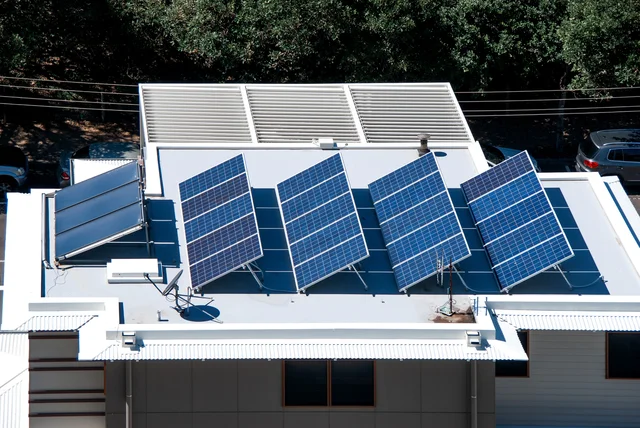
Negative Environmental Impacts Solar PVs
First, it is worth noting that solar PVs are not perfect, and this shouldn’t be a shocker since nothing about life is perfect.
Solar comes with a few challenges, especially with its environmental threats. While generating electricity from solar doesn’t involve carbon footprints, it comes with a few environmental drawbacks.
Here are a few negative environmental impacts of solar PVs:
Energy Demand
The major challenges of solar PVs are during production. One is the energy-demanding characteristic of solar PVs.
Manufacturing solar PVs involves different procedures requiring a certain amount of upfront energy. The components needed for manufacturing solar PVs must pass through different processes before being combined to make a solar module.
For example, the production procedure requires heating the quartz at a very high temperature, which is energy-consuming.
Generating the required energy needed for these processes can be harmful even when solar operation requires no fuel but clean energy from the sun. Most of the required energy is generated by burning large amounts of gas or coal.
Chemicals
Producing solar-grade silicon involves processing some semiconductors, which involves using and disposing of hazardous chemicals into the environment.
Although there are government laid-down rules to the disposal of chemicals used in production, not all manufacturers are compliant. Some companies cut corners while disposing or recycling their byproducts to save money.
The result is a chemical-filled environment.
Recycling
One common challenge with solar PVs is recycling issues. This challenge arises when solar panels damage and need to be recycled for manufacturing new products.
Although this hasn’t become a significant challenge, the issue will be obvious in the coming decades. As solar continues to grow and old panels lose value, more panels will be disposed of into the environment.
Although some countries have recycling technology for old solar panels and other e-waste without littering the environment with harmful substances, countries without a robust means of e-waste recycling or disposal will suffer more of this challenge.
Solar Panel Facilities
Since solar facilities are massive, it is ideal to agree that a large portion of land is cleared to establish a solar panel production facility. Most of the land used is wildlife and recreation land. Since wildlife has a huge contribution to the environment, the environment is greatly affected.
Another means solar facilities affect the environment is through the cooling process in solar panel production. Cooling in solar facilities requires water, which can be a challenge to environments with water issues. This cooling process is also a contributory factor to air pollution, as it emits some toxic gases into the air.
Mining Solar Panel Materials
While mining glass and silicon needed for manufacturing a solar module may not be an issue, mining the metal component can be toxic. Glass and silicon are abundantly available, but mining the metal components poses the risk of water, soil, and air pollution on the environment.
Environmental Impacts of Manufacturing Different Solar Panels
Again, manufacturing solar panels has a huge impact on the environment. Since solar panels are available in different types, each type poses different negative impacts on the environment.
The three types of solar panels are monocrystalline, polycrystalline, and thin film. Here is how each type affects the environment:
Environmental Impacts of Monocrystalline Panels
Monocrystalline solar panels are the most common option, thanks to their high energy conversion. Manufacturing monocrystalline solar panels is achieved by wedging pure, single-cell silicone crystals between thin glasses.
Producing monocrystalline panels is the most complex of the three options. A part of the procedure includes molding a huge piece of silicon into blocks before cutting them into wafers and fitted onto a panel. It is this complex procedure with the highest emissions that makes manufacturing monocrystalline solar panels the most impactful on the environment.
Environmental Impacts of Polycrystalline Panels
Although not as popular as monocrystalline, polycrystalline solar panels are also a popular option and are made from silicon too. The only key difference is the method of production. Polycrystalline solar panels are manufactured by melting silicon crystals together before being placed onto the panel.
Environmental Impacts of Thin-Film Panels
When it comes to the environmental impacts of manufacturing solar panels, manufacturing thin-film solar panels is not left out. Although thin-film solar panels can also be made from silicon, other materials are usually used. Common materials for manufacturing thin-film solar panels include cadmium telluride, amorphous silicon, and gallium arsenide.
Although producing thin-film solar panels may not be as toxic as producing other types of panels, thin-film production also involves some toxic materials. This can be harmful to humans and the environment, especially when not properly handled.
Environmental Impact of Transporting Solar Panels
Transporting solar panels is another way solar PVs impact the environment negatively. While solar panels are produced in different parts of the world, some countries have a huge share of the production. Countries like China, the US, and Europe have the highest production capacities.
Hence, the shipments of materials and final products are a major environmental threat.
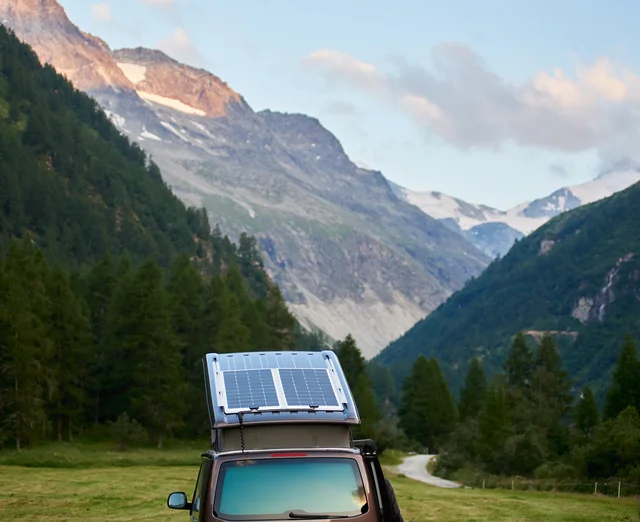
Is Solar Better For The Environment?
Comparing both sides of the environmental impacts of solar panels, the question is if solar is a better investment to keep the climate safe.
Regardless of its negative environmental impacts, solar is still a better choice than non-renewable energy sources.
Studies show that carbon footprints from non-renewable energy are far more than solar-related carbon footprint. For example, a study found that natural gases have 13 times emissions footprint than solar, while coal generates 18 times the size of solar.
It is also worth emphasizing that solar only generates emission footprints during production and not during operation. Once solar PVs are manufactured and transported, they no longer generate toxic gases in the environment. This means solar panels are a better choice to mitigate climate change and keep the environment clean and healthy.
However, if solar growth continues at the present pace, the coming decades will witness more environmental damage from solar due to panel production. Hence, concerned organizations must work on means to minimize these impacts, such as providing solar panel recycling methods.
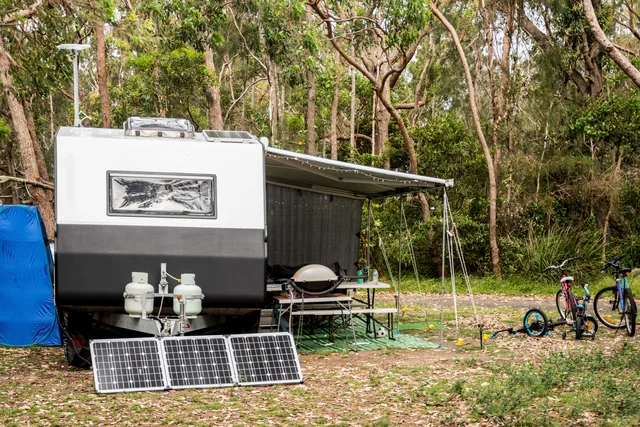
Solutions to Negative Environmental Impacts of Solar PVs
Since more homes and businesses will be shifting to solar in the coming years, the negative environmental impacts of solar are expected to grow exponentially. This calls on governments and solar panel companies to take necessary actions to reduce these impacts.
Here are a few helpful tips to reduce these impacts:
Make Manufacturing Processes Less-Toxic
Since carbon emissions during the production of solar panels are the major negative impact of solar PVs on the environment, solar PV companies need to look for improved production processes. The new methods should ensure reduced carbon emissions.
A typical example is the fluidized bed reactor used to produce polysilicon, which uses up to 90% less energy than the commonly used Siemens process.
It is also important for companies to produce solar panels using clean, renewable energy sources to reduce the carbon intensity involved in the production process.
Improve Panel Efficiency
Higher solar panel efficiency means fewer panels. If solar panels are improved to produce more electricity, the needed number of panels by the population will decrease. Hence, production will also reduce.
Similarly, companies should work on solar panels’ lifespan. If solar panels last longer than they do, customers will have less need to replace their panels, and solar production will reduce, a win-win strategy for the pocket and the environment.
Increase Recycling
Finally, proper recycling policy and technology are a great measure to compact the negative impacts of solar panels. The good news about proper recycling technology is that it can help solve the issue of expensive materials for panel production.
With more solar panels reaching the end of their lifespan, companies can have more recyclable raw materials for production.
